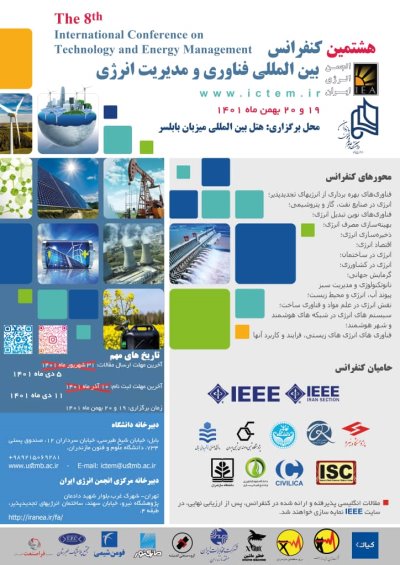0% Complete

نویسندگان :
کلمات کلیدی :
چکیده :
لیست مقالات بایگانی شده
Mohammad Farahani - Mohammad Ali Shamsi-Nejad
Sajad Golshaeian - Mohammad Hassan Nazari - Seyed Hossein Hosseinian
احسان ناظمی - مجید قدس - مهرداد واهبی - سعید قبادی - احمد امیری
محراب شهبازی - مرتضی زارع اسکوئی - رضا اسلامی
امیرحسین اخروی - علی مهدوی شکیب
Amir Talebi - Masoud Agabalaye-Rahvar - Kazem Zare - Tuba Gozel
Mohammad Taghitahooneh - Aidin Shaghaghi - Reza Dashti - Abolfazl Ahmadi
Ali Nadermohammadi - Fatemeh Falahi - Pouneh Aghakhanlou - Hamed Heydari-Doostabad - Seyed Hossein Hosseini - Ebrahim Babaei
آرش رضائی - مرتضی خلیلیان - ایرج میرزایی
Reza Zamani - Farid Moazzen



